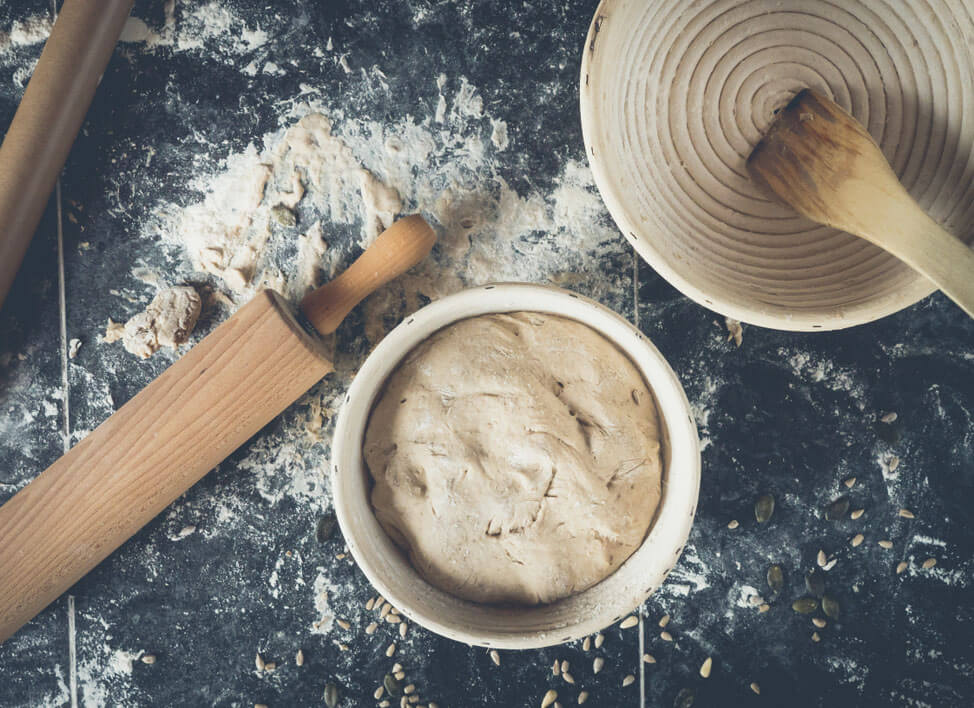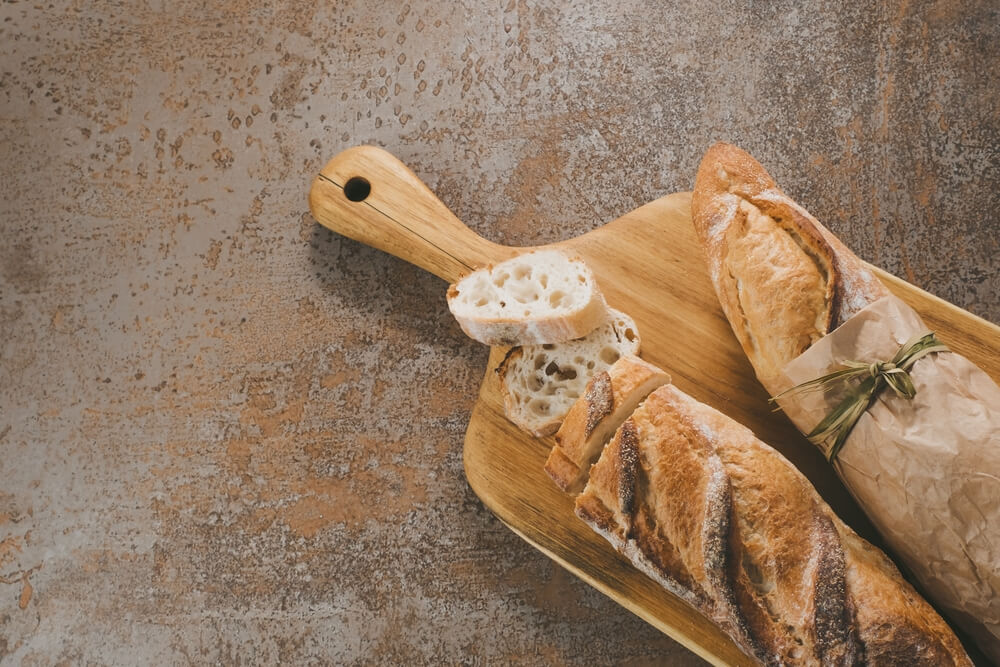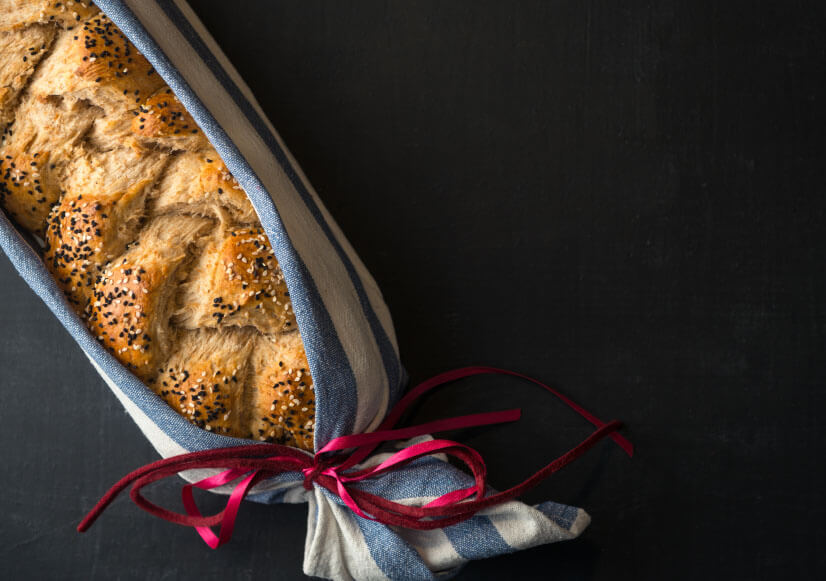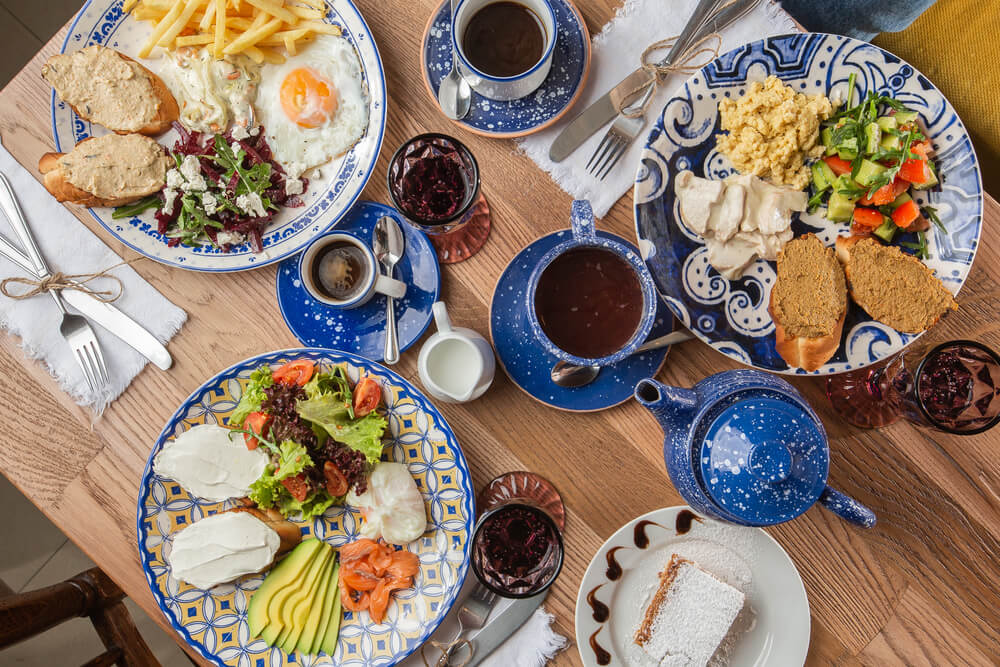Baking bread is a time-honoured tradition and artform. From artisan-crafted sourdough to pane di casa, you can create something truly beautiful from your own home – with the warm, comforting aroma of freshly baked bread wafting through the house.
Anyone can learn to bake their own loaves at home – but there are certain kitchen accessories that have been designed to make the job easier. Here we proudly champion the use of the humble banneton to help your bread rise. However, you may have also heard of a similar thing called the wood pulp baskets.
What is the difference between the two, I hear you ask? We’re here to help break down the difference.
How Bannetons and brotform wood pulp Differ
A banneton is a type of proofing basket that’s designed to provide structure and shape for dough before you pop it into the oven to become a loaf of bread. This French word is originally derived from the Latin term ‘banne’, which means ‘wicker carriage.’
Usually this is a woven basket that’s been handmade with rattan and often lined with a linen cloth. This popular baking tool is incredibly versatile, and has been designed to keep the dough from sticking to the sides.
Meanwhile, a brotform wood pulp is a German-style basket that's typically crafted from spruce tree pulp. Spruce tree pulp is also ideal as a non-stick material. It also wicks moisture from the dough and gives your loaf an airtight, sterile environment to mature more evenly – later producing a much crunchier crust.
The two are similar in that they’re both used for the same thing – shaping your loaf before it goes into the oven to bake. However the difference between the two largely comes down to the material they’re made with – and what this means for your loaf.
Rattan vs Wood – Which is Better?
While the traditional rattan is an awesome material for proofing baskets, we tend to find wood pulp proofing baskets works better in terms of wicking moisture specially for the high-hydration dough and creating a even crust for your bread. The wood pulp baskets is considered to be professional grade baskets when you want to level up your sourdough baking to the next level.
The only downside for the wood pulp baskets are they are often pricy compare to the rattan bannetons. On the other hand, traditional rattan is breathable material which allowing your loaf to air out properly.


Rattan creates its own humid microclimate which is cool in the summer and warm in the winter, providing an ideal environment for your dough. Here the bread can breathe from all sides and won’t lose its shape, no matter how it rises. Even better, the pattern made by the rattan will imprint into the bread’s crust for a stunning artisan-crafted appearance.
You can also find models that have been made with plastic – however you won’t get quite the same effect, as plastic isn’t as breathable. Being a more flexible material as well, it’s less durable and less likely to keep its shape over time.
How to Use Your Banneton
Once you get your banneton, you’ll need to condition it in order to achieve the best results for baking. For the first few uses, you’ll need to lightly dust with flour to ensure your dough doesn’t stick to the basket.
By around your third use, the rattan should have enough flour and moisture built up to prevent the dough from sticking. Then you’re ready to bake!
Best Care and Maintenance Tips
It’s important to look after your rattan banneton so you can continue to get the most use out of it. As you’ve used this to shape your dough and help it rise, you’ll need to make sure it’s regularly cleaned and kept in a well-ventilated area.
Once you’ve removed the dough, use a dry bristle brush to remove any leftovers, then leave in the sun to dry out. You can also soak it in cool water (no soap) for a much more thorough clean to clear off any old crust.
If you notice mold starting to group, you might consider placing it into your oven at 180 degree heat (for roughly 10 minutes) every so often to kill off any bacteria.
The Art of Making Delicious Bread
One thing’s for sure – making your own bread is a beautiful pastime, and one that the whole family can enjoy. Before you know it, you’ll be receiving requests from friends and family! We love getting to see what you create with our products – you are only limited by your imagination.
For further tips and enquiries, get in touch with our team today. We’re here to offer our advice and expertise. Give us a call on 0484 346 032 or get in touch with us here online today.





